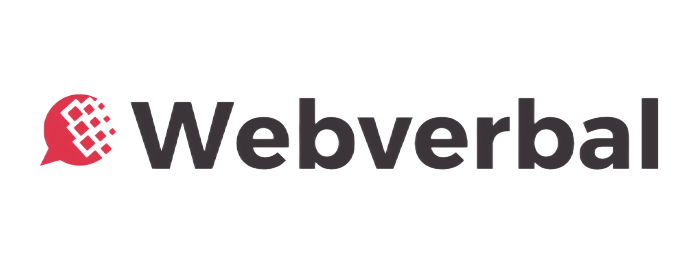Understanding your Customer Acquisition Cost (CAC) and Customer Lifetime Value (LTV) is the foundation of a healthy business model. If you don’t know how much it costs to acquire a customer, or how much that customer is worth over time, you’re essentially scaling blind.
This free CAC & LTV Calculator is built for founders, e-commerce entrepreneurs, and D2C brand builders who want clarity on their unit economics before scaling marketing spend. By simply entering your marketing spend, number of acquired customers, average order value (AOV), purchase frequency, gross margin, and customer lifespan, you’ll instantly see:
- Your CAC (Customer Acquisition Cost)
- Your LTV (Customer Lifetime Value)
- The LTV/CAC ratio — a critical measure of profitability
A healthy rule of thumb for most startups is to aim for an LTV to CAC ratio of 3:1 or higher. This means your customers bring in three times more value than it costs to acquire them. Ratios lower than 2:1 suggest unscalable economics, while a ratio above 5:1 may mean you’re under-investing in growth.
Whether you’re running a Shopify store, testing ads on Meta, or pitching to investors, this calculator will help you demonstrate sustainable growth potential.
If you’re preparing for your next launch, also check out Webverbal’s Product Launch Day Checklist and our upcoming 30-Point SEO Checklist for E-Commerce Founders to strengthen your growth strategy.
CAC & LTV Calculator
Estimate your Customer Acquisition Cost (CAC) and Lifetime Value (LTV). Enter values and click Calculate.
Your CAC and LTV metrics aren’t just financial ratios — they are the clearest indicators of whether your business can scale sustainably. Investors, accelerators, and even potential partners often ask for these numbers before making decisions. With this interactive CAC & LTV calculator, you now have a quick, transparent way to evaluate your unit economics.
Remember, the LTV/CAC ratio varies by industry. SaaS companies often target a 3:1 ratio, while D2C and e-commerce brands may need to balance margins, repeat purchase cycles, and customer loyalty strategies.
For deeper insights on improving your numbers, explore Webverbal’s Founder’s Daily Clarity Journal to align your execution with long-term growth, or review our detailed analysis of Best E-Commerce Tools 2025 to optimise operations and marketing spend.
For external perspectives, check out Harvard Business Review’s guide to Customer Lifetime Value and Shopify’s Customer Acquisition Cost breakdown.
Use this tool regularly, track changes over time, and refine your strategy. The founders who win are not those who guess — but those who measure, learn, and scale with clarity.
FAQs
CAC, or Customer Acquisition Cost, is the total expense incurred to acquire one customer, including marketing and sales spend.
LTV, or Customer Lifetime Value, measures the total revenue a business can expect from one customer over time. It shows how valuable customers are.
Divide your total marketing and sales expenses by the number of new customers acquired in that period.
LTV is usually calculated by multiplying average purchase value, purchase frequency, and customer lifespan.
The CAC:LTV ratio shows if your acquisition is profitable. A healthy benchmark is often 1:3, meaning each customer brings 3x the cost to acquire.




